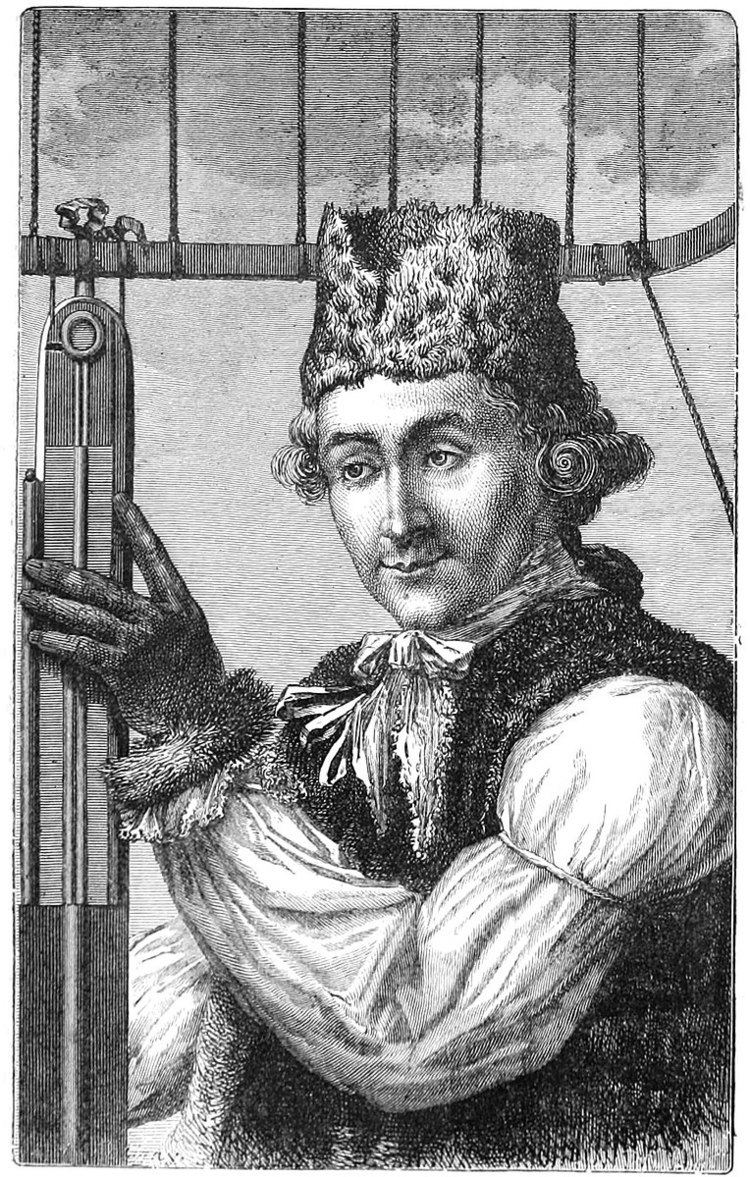Name John Jeffries | ||
 | ||
Born 5 February 1745 Boston Died 16 September 1819Boston Nationality American - He was also a known Loyalist to the British. Education | ||
Cause of death Strangulated hernia | ||
Nothern Shooting Show 2018 - John Jeffries Custom Guns
John Jeffries (5 February 1745 – 16 September 1819) was a Boston physician, scientist, and a military surgeon with the British Army in Nova Scotia and New York during the American Revolution.
Contents
Biography
Born in Boston, Jeffries graduated from Harvard College and obtained his medical degree at the University of Aberdeen. He is best known for accompanying Jean-Pierre Blanchard on his 1785 balloon flight across the English Channel. Dr. Jeffries also played a large role in the trial for the Boston Massacre as a witness for the defense. He was the surgeon for Patrick Carr, who was one of the Americans shot during that incident.
Between 1771 through 1774 Jeffries was a surgeon on board a squadron of British ships in Boston Harbor and helped the wounded British soldiers on June 17, 1775 at the Battle of Bunker Hill.
Jeffries is also credited with being among America's first weather observers. He began taking daily weather measurements in 1774 in Boston, as well as taking weather observations in a balloon over London in 1784. National Weatherperson's Day is celebrated in his honor on 5 February, his birthday. The Archives and Special Collections at Amherst College holds a collection of his papers, including a letter he dropped from the balloon during his historic flight, considered the oldest piece of airmail in existence.
He fled to Halifax, Nova Scotia in 1776 and later to England 1779 and was employed by the Crown during this time.
He lived in England from 1770 to 1790. Despite being named in the Massachusetts Banishment Act, he returned to private practice in Boston, staying there until his death in 1819. His son John Jeffries II (1796-1876) was an ophthalmic surgeon and co-founded the Massachusetts Charitable Eye and Ear Infirmary.
